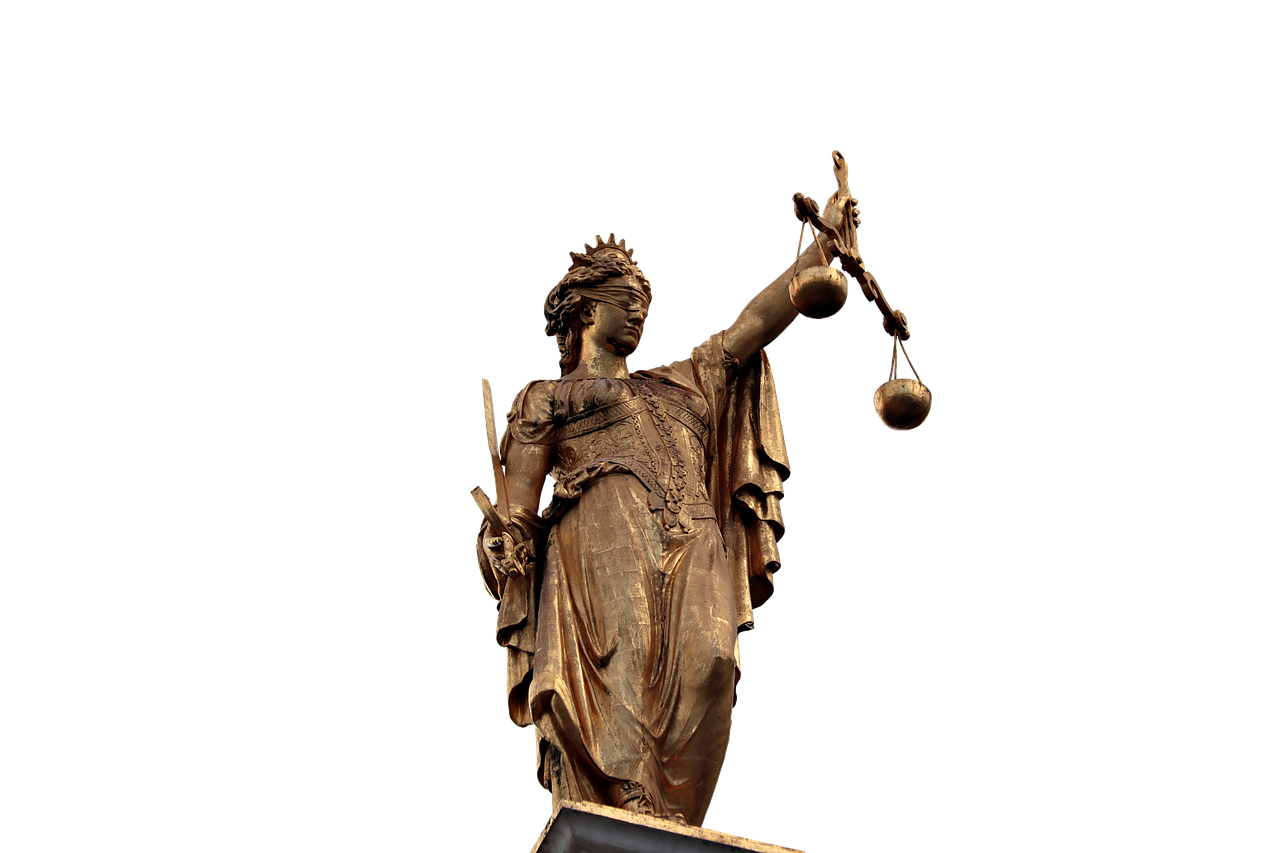In ancient Greek mythology, the Titan Atlas is famed for enduring the immense weight of the heavens, a daunting task assigned by Zeus as punishment for his role in the Titan’s rebellion against the Olympian deities. Beyond his monumental duty, Atlas was portrayed as a sagacious figure, credited with the advent of astronomy and the father of numerous stars. Plato referred to him as the first sovereign of Atlantis. This colossal entity inspired the naming of major geographical features such as the great Atlantic Ocean, the Atlas mountain range in northern Africa, and extensive collections of maps. The nameAtlas itself likely signifies ‘endurance’ or ‘suffering.’ He was born to Titans Iapetus and Clymene (or Themis) and was also the older sibling of Epimetheus, Menoetius, and Prometheus, as well as father to the nymph Calypso and the seven Pleiades. In some accounts, he is noted as the grandfather of Niobe.
Atlas’s Divine Punishment
Atlas’s eternal burden stemmed from his leadership of the Titans in their quest for dominance over the Olympian gods. Homer characterizes Atlas in the Odyssey as ‘deadly-minded,’ renowned for his profound knowledge of the seas and as the one who supports the pillars that separate heaven and earth deep in the Atlantic. Hesiod, in his Theogony, reinforces this image, situating Atlas in the land of the Hesperides, located far to the west, regarded as the world’s end. Later narratives, including those of Herodotus, connect Atlas to the Atlas Mountains in North Africa, where his fate was sealed. As punishment for a grievous lack of hospitality, Perseus turned the Titan from a humble herdsman into a towering rock formation, utilizing the petrifying gaze of the Gorgon Medusa. This saga may trace back to the 5th century BCE.
Atlas and Hercules
In addition to his celestial duty, Atlas is celebrated for fathering many constellations, his immense wisdom, and founding astronomy. A pivotal myth involving him is his interaction with Hercules during one of the hero’s renowned twelve labors. Tasked with retrieving golden apples from the renowned gardens of the Hesperides, which were sacred to Hera and fiercely protected by the dragon Ladon, Hercules sought Atlas’s help after receiving counsel from Prometheus. While Atlas went to collect the apples, Hercules, with Athena’s assistance, temporarily took on the monumental burden of the world to afford Atlas a brief intermission. Upon Atlas’s return, however, he was hesitant to revert to shouldering the weight of the cosmos. In a clever ruse, Hercules convinced Atlas to exchange places for a moment while he gathered cushions to make the load more manageable. Once Atlas resumed his heavenly duty, Hercules seized the opportunity to retreat back to Mycenae with the prized golden apples.
Artistic Depictions of Atlas
From the 6th century BCE, Greek art frequently portrayed Atlas, especially in the context of Hercules’s formidable labors. Notable imagery appears in a metope from the temple of Zeus in Olympia, dating around 460 BCE, where Atlas is shown amidst the gardens of the Hesperides. These themes also found their way into decorative pottery, particularly in representations alongside his brother Prometheus. During the Hellenistic and Roman periods, the familiar depiction of Atlas laboriously holding up the globe became prevalent. A remarkable example from the 2nd century CE resides in the Archaeological Museum of Naples, where he is shown in his iconic pose, embodying profound struggle and strength.



